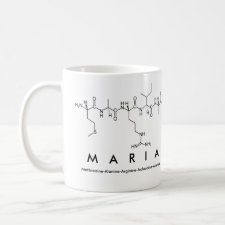
Authors: Foguel MV, Ton XA, Zanoni MVB, Sotomayor MDPT, Haupt K, Tse Sum Bui B
Article Title: A molecularly imprinted polymer-based evanescent wave fiber optic sensor for the detection of basic red 9 dye.
Publication date: 2015
Journal: Sensors and Actuators B: Chemical
Volume: 218
Page numbers: 222-228.
DOI: 10.1016/j.snb.2015.05.007
Alternative URL: http://www.sciencedirect.com/science/article/pii/S092540051500581X
Abstract: A cheap and robust method for the detection and quantification of textile dyes is the use of biomimetic sensors with optical transduction, employing a molecularly imprinted polymer (MIP) as the recognition element. This paper presents the optimization of a MIP for the dye, basic red 9 (BR9) and the immobilization of these polymers on a disposable 4-cm long polystyrene optical waveguide for the development of an evanescent wave fiber optic sensor aimed at the determination and quantification of this dye in different matrices and industrial effluents. MIPs were synthesized using 2-acrylamido-2-methyl-1-propanesulfonic acid and ethylene glycol dimethacrylate, as functional monomer and cross-linker, respectively. The polymer was then immobilized on the waveguide by dip-coating the fiber in the polymer suspension. The sensing element was interrogated with a fiber-coupled spectrophotometer. BR9 could be detected in the low μM range, thus making it a promising device for determining this compound in textile effluents
Template and target information: basic red 9, BR9
Author keywords: molecularly imprinted polymer, Evanescent wave fiber optic sensor, Textile dye, Basic red 9



Join the Society for Molecular Imprinting

New items RSS feed
Sign-up for e-mail updates:
Choose between receiving an occasional newsletter or more frequent e-mail alerts.
Click here to go to the sign-up page.
Is your name elemental or peptidic? Enter your name and find out by clicking either of the buttons below!
Other products you may like:
 MIPdatabase
MIPdatabase









